Space heaters are used to heat small-sized areas such as a single room, and can be viewed as a contrast to central heating systems.
That said, if you are thinking of getting a space heater, there are multiple types of space heaters to choose from. When choosing a space heater, there are different factors you must consider since the best one for another person will not necessarily be the best option for you.
To help you understand and identify the best space heater for your house, we have provided an overview of the different types of space heaters available. In addition, we have outlined factors you should consider prior to choosing a space heater for your home or office.
Different Types of Space Heaters
- Convection Heaters
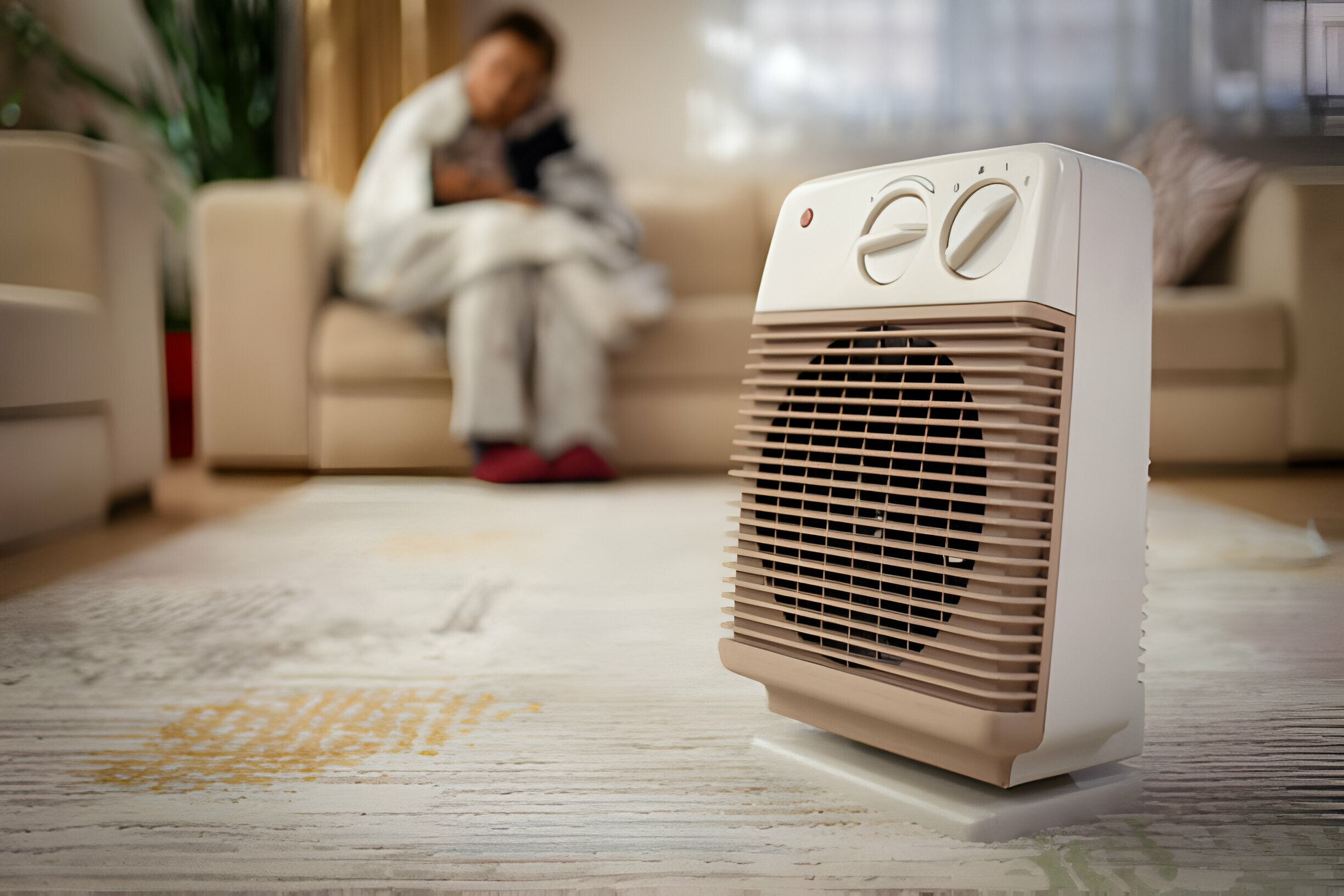
Convection heaters operate by heating the air in a room rather than directly heating objects or people in a room. The warm air from the heater rises and the cool air in the room lowers to the floor. That cycle repeats causing air circulation which makes the entire room warmer. Since air is a poor conductor of heat convection heaters take more time to heat a room.
Examples
- Oil-filled heaters – They provide heat using an electric resistor connected to heating fins containing diathermic oil. When electricity is supplied to the resistor, it generates heat which is absorbed by the oil in the fins. The heated fins then warm the air in the room.
- Ceramic Heater – This type of space heater generates heat by running electricity through metal coils attached to ceramic plates. The ceramic plates absorb heat from the hot metal coils and then warm up the surrounding air in the room. Ceramic heaters still provide heat in a room even after being shut off because the ceramic plates take some time to cool down.
- Water heater – This type of space heater operates similarly to an oil-filled heater, but warms a room faster because water is a better conductor of heat compared to oil. It generates heat using an electric heating element inside a water-filled metal tube. Once the water is hot it warms the air outside the tube to make a room warmer.
- Fan heater – Fan heaters come fitted with a fan to enhance the effectiveness of the heater. They do so by forcing air over the heating element and then blowing it out to the room in order to increase the rate at which air is heated and distributed.
- Radiant Heaters
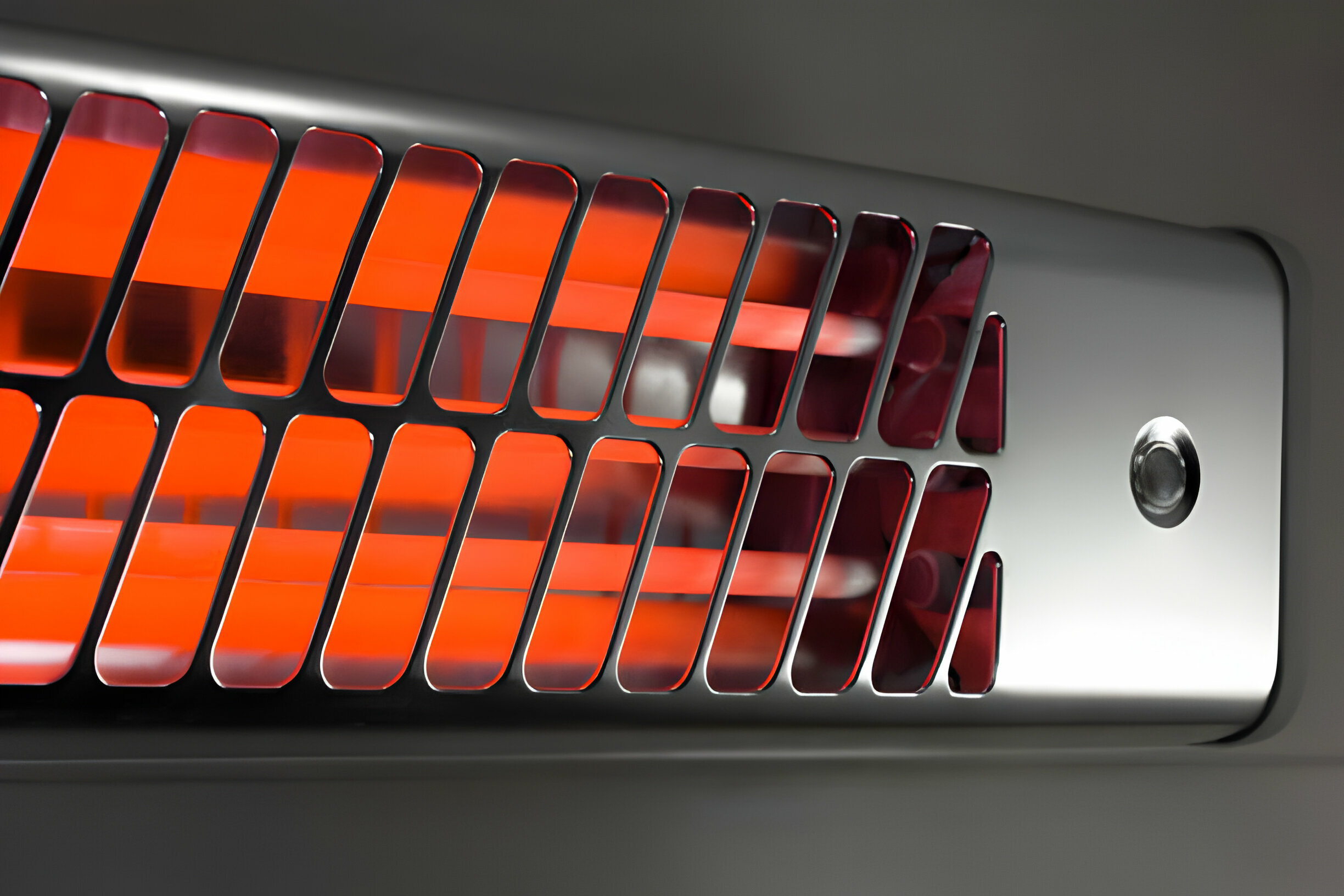
Radiant heaters use infrared energy to heat people and objects in a room directly rather than the air, which is similar to how you feel the heat when sitting in front of a campfire. That makes them a great choice if you want heat very quickly. However, radiant heaters pose certain dangers such as getting burnt when you touch them, and they become a fire hazard when placed near flammable objects. Keeping that in mind, you must always place any type of space heater at least three feet away from combustibles on all sides.
Examples
- Electric - This space heater generates heat by passing electricity through metal coils. This heating method is often used in heaters mounted on the floor or ceiling. The heat from this unit is directed to where it is required using reflective housing.
- Gas - This space heater generates heat by burning gas and using the heated gas to heat radiant tubing. Once its temperature rises, the tubing warms a room by emitting radiant heat.
- Floor – This type of heater warms a room by using hot air tubes, hot water tubes, or electric cabling installed beneath the floor surface. The heat from the tubes beneath the floor is transferred to the flooring material and radiates upwards into the room to make it warm.
- Radiant panels – this type of space heater warms a room using electric cabling or hot water tubes connected to aluminum panels mounted on the floor or ceiling. Once the aluminum panels are hot they radiate heat out into the room.
- Combination Heaters
Combination heaters provide heat by incorporating features of different types of space heaters into a single unit. This may include a convection heater working in conjunction with a furnace.
Considerations Prior to Choosing a Space Heater
Each type of space heater comes with different features, hence it is important to know your requirements for a space heater before acquiring one. Some heaters are designed to warm large rooms while others are only capable of efficiently heating smaller areas. Here are some major components you should consider:
How often do you plan to use the Space Heater
If you plan to use your space heater to warm your space throughout the day or on a regular basis, a combination or convection heater might be the most suitable option. That is because both models heat the air in the room and offer air circulation ensuring the entire space is warm.
How urgently do you need heat?
If you are looking for a heater that offers immediate heat once powered on, a radiant space heater would be ideal. That is because radiant space heaters can heat a small area in a hurry since it heats objects or people in front of the unit directly.
Size of the room
One of the most essential considerations is the size of the room you want to heat. You need to consider the size of your room and find a space heater that generates enough heat to heat the room sufficiently. A trick to use is checking the wattage of the heater, the higher the wattage the more heat it generates. Once you have measured your room proceed to consult the unit’s specifications.
Utility Costs
Your monthly utility bill will be dictated by how often you use your space heater and its wattage. The cost will vary if you use your unit for a few hours a day and if you use it as the main source of heat throughout the day.
Safety Features
Having a Space heater in your home exposes you to the risk of a fire outbreak if you bump into them or they put near flammable objects. As you adhere to safety guidelines from a heater's manufacturer, you should also ensure you choose a space heater with top-tier safety features.
Cost
Every type of space heater has a different cost depending on the brand and its features. Convection heaters come in a wide range, with their costs running between $40 - $200, while most radiant space heater models cost below $100.on the other hand, combination space heaters cost anywhere between $60 - $120. However, like any other home appliance, there are high-end space heaters, which cost upwards of $400.
Conclusion
Having gone through this guide on types of space heaters, we hope, you enjoyed it and, most importantly, you are able to narrow down on which type of space heater is the perfect fit for you.
Frequently Asked Questions
Can you have a space heater running all night?
No. Generally, leaving a space heater on all night while it is unattended makes it a fire hazard.
Can you plug a space heater into a surge protector/extension cord?
No. The golden rule of plugging space heaters is you must always plug them directly into a power outlet. That is because if you use an extension cord, the cord can overheat and cause a fire.
Can a space heater cause carbon monoxide poisoning?
Yes. Studies have shown space heaters are among the most common causes of indoor carbon monoxide poisoning. Therefore, if you intend to heat your home using a kerosene or gas-powered model, you must pick a space heater, which comes with additional safety features like an automatic shut-off feature, which also measures the oxygen level in your room to ensure you are safe.



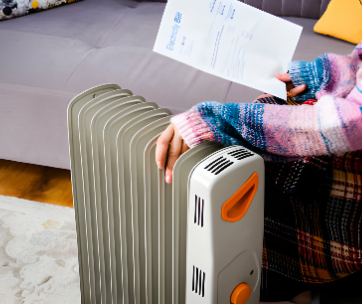
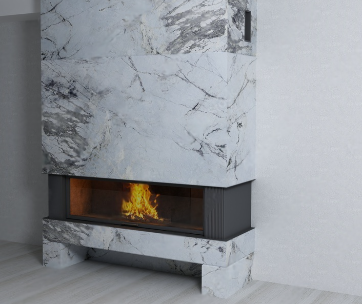
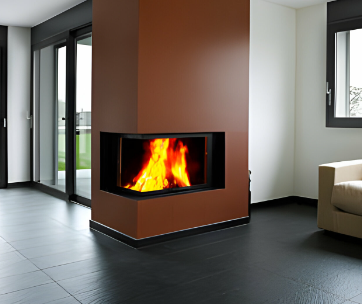
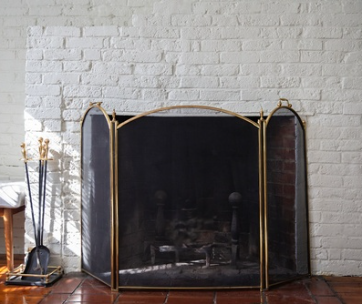
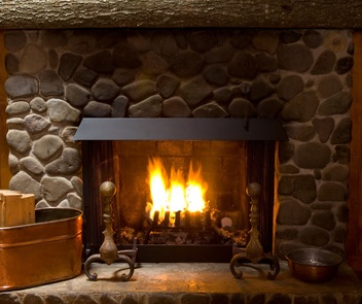

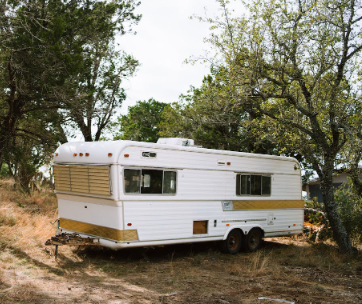
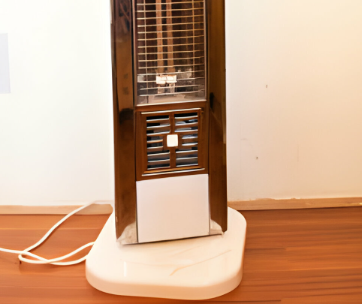
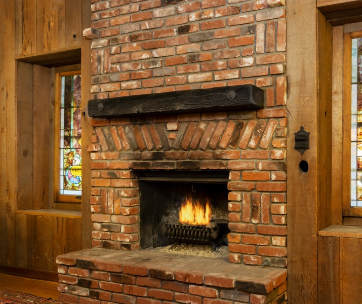
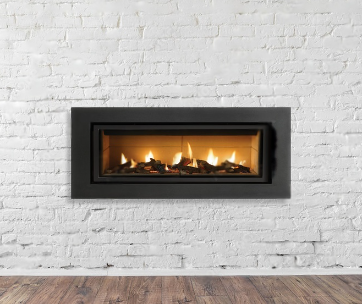
Comments